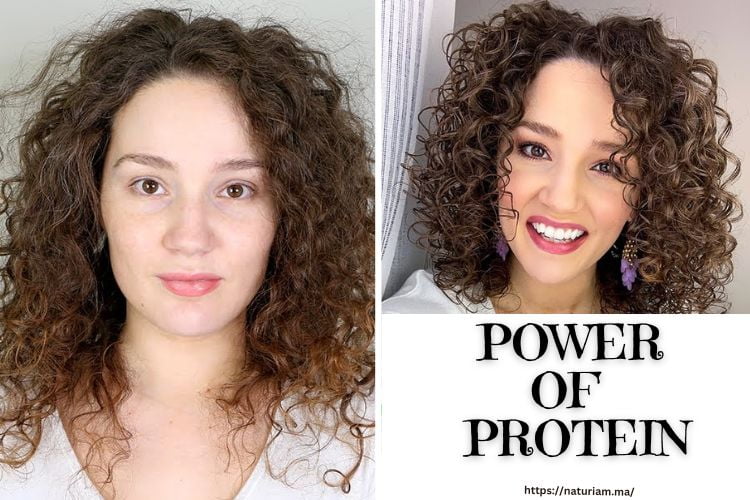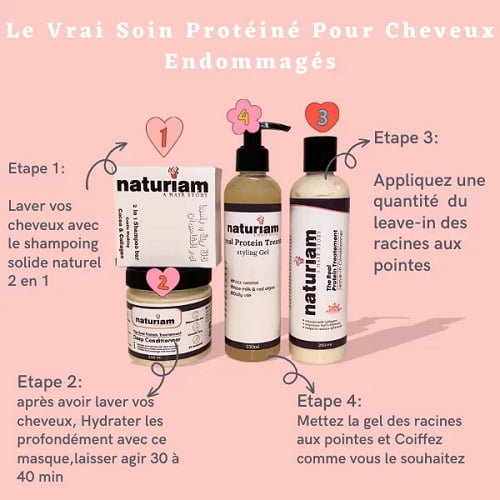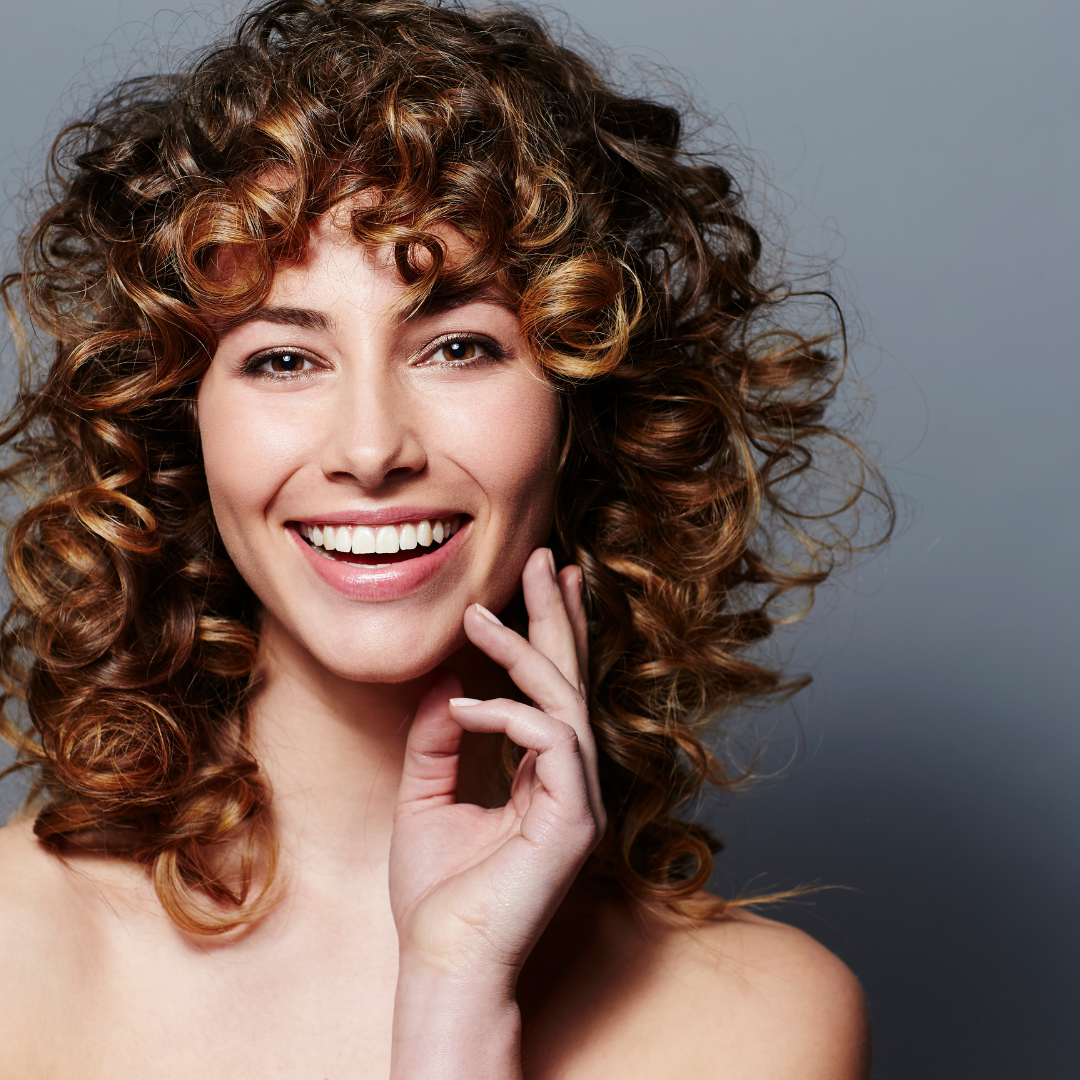Proteins are made from the polymerization of amino acids that are linked to each other via α-peptide bonds. There are a total of 20 amino acids associated with the structure and function of the human body. The body uses dietary proteins and amino acids to resynthesize the proteins in the body. In our body, 9 amino acids are essential whereas the remaining 11 are non-essential. [1]
Hair is described as a filamentous structure made of proteins, particularly keratin. Keratin has a helical shape and has two types of fibers in the hair. Type I keratin fibers have acidic amino acid residues whereas type II keratin fibers have basic amino acids. Keratin fibers are present in the cortical cells of the hair. In people with straight hair, these cells are arranged symmetrically, whereas, in people with curly hair, these fibers are arranged in a non-symmetrical pattern. [2]
Does DIY With Nutrient Protein Serve As Hair Protein Treatment?
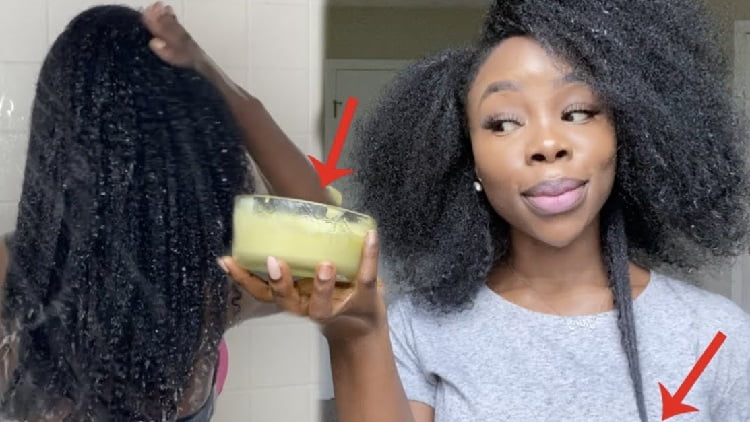
Many people use DIY protein hair masks made out of dietary foods such as eggs, avocados, and other protein-rich foods. While protein supplementation is useful for the growth and health of hair, these DIY protein hair treatments are not effective. The proteins are large and unable to fit the hair shaft.
The failure of these proteins to enter the hair shaft contributes to the ineffectiveness of DIY protein hair masks. However, hydrolysis of the proteins can make these smaller and more penetrating into the hair. A study showed that hydrolyzed egg white proteins can penetrate deep into the hair. [3]
Hence, DIY protein hair masks do not serve as effective hair protein treatments. Substances such as mayonnaise make hair shinier and softer owing to its fat content. [4]
Are the Chemical Protein Treatment Real Protein Treatments?
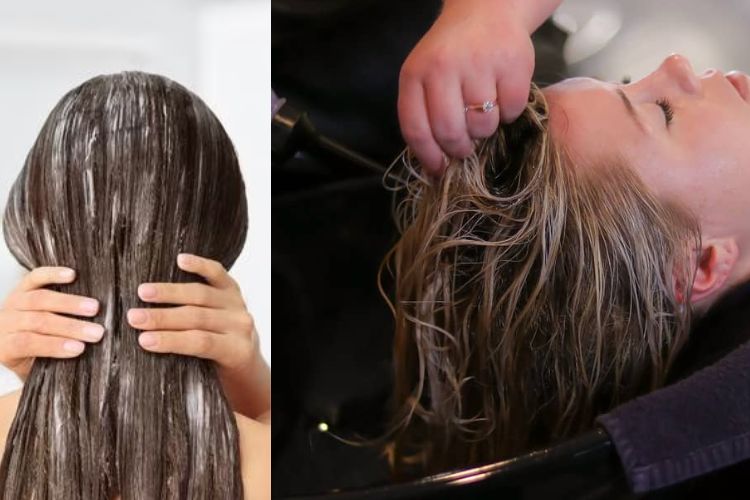
Chemical protein treatments are NOT real protein treatments. Instead of nourishing the protein content of hair, the chemical protein treatments break the chemical bonds in the keratin protein. These treatments alter the disulphide bonds between the cysteine amino acids.
The curly hair protein treatments cause permanent straightening of the hair by disrupting the normal hair structure. The straightening protein treatment for hair uses alkaline creams that comprise potassium hydroxide, sodium hydroxide, lithium hydroxide, or guanidine hydroxide. Although these protein treatments straighten the hair permanently, the chemical relaxants cause immense damage to the hair shaft. [5]
What Is the Real Protein Treatment for Hair?
Given that DIY hair real protein treatments and chemical protein treatments for hair are not ideally effective, the question arises: What is the real protein treatment for hair? Proteins with lesser molecular weight or smaller sizes are better able to penetrate the hair shaft as compared to larger proteins, such as those used in DIY hair protein treatments.
Hydrolyzed proteins have a smaller size, and hence can nourish and benefit the hair. Hydrolyzed keratin fills the gap in damaged hair and enhances the mechanical strength and elasticity of the hair. [6, 7] These protein treatments are useful for fulfilling the needs of hair for sufficient proteins to attain smoothness, increased mechanical strength, and increased shaft diameter shaft. [7]
As opposed to people with straight hair, individuals with curly hair are more likely to straighten their hair using temporary straightening tools or permanent chemical hair treatments. This leads to increased hair damage and loss of protein for curly hair, making them in greater need of curly hair protein treatment.[8] Some common questions related to hair protein treatments are listed as follows. [9, 10]
FAQ’s
Why Should One Use Proteins for Hair?
Proteins are major constituents of human hair. The proteins are important for the strength, hydration, and repair of the hair. Proteins also slow down the loss of water, keeping the hair hydrated and healthy.
Which Types of Hair Need Protein?
Individuals with porous hair, dry hair, hair with breakage, damaged hair, fine and medium hair,Hair that feels “smaller” when it is wet may receive protein hair treatment.
How To Use Proteins for Hair?
For hair protein treatment, one can use shampoos bar, real protein treatment Styling Gel, conditioners and real protein treatment deep conditioner containing hydrolyzed proteins. Leave-in products including proteins may be very useful also for treating and nourishing the hair. Proteins or protein-containing products for the treatment include gelatin, collagen, keratin, amino acids, peptides, and hydrolyzed proteins like: Hydrolyzed wheat, oat, quinoa, corn, soy,silk.
What Is Protein-Moisture Balance?
Protein-Moisture balance can be regarded as stiffness vs. softness balance. Proteins attribute to stiffness whereas oils and conditioners mediate softness. There shall be a balance between emollients and proteins during the treatment to ensure optimal hair health.
What Are the Signs That the Hair Needs Proteins?
The signs that the hair needs protein treatment include loss of hair bounce, hair breakage, dry hair, and soft and mushy texture when hair is wet.
How Often Should One Use Proteins?
The frequency of hair protein treatment depends on the porosity and thickness of your hair. The more porous and thin your hair is, the more protein treatment it needs. You may use Protein containing Leave-In Conditioner treatment/ deep conditioner weekly. Low porosity Leave-In Conditioner and coarse hair may need protein treatment only every 1-2 months.
Conclusion
Individuals must make a wise decisions for choosing the real protein treatment for the overall health of the hair. This treatment option includes hydrolyzed proteins that are smaller and more penetrable. The real protein treatment for curly hair does not require the use of chemical agents and does not alter the chemical bonding of the amino acids in the treatment.
We offer real protein treatment for hair using hydrolyzed proteins and amino acids in our wide range of protein treatment products. This treatment is safer and more effective than the other two techniques, hence, one can opt for this protein treatment for maintaining the health of the hair.
References
- Watford, M., & Wu, G. (2018). Protein. Advances in nutrition (Bethesda, Md.), 9(5), 651–653. https://doi.org/10.1093/advances/nmy027
- Yang, F. C., Zhang, Y., & Rheinstädter, M. C. (2014). The structure of people’s hair. PeerJ, 2, e619. https://doi.org/10.7717/peerj.619
- Lourenço, C. B., Fava, A. L. M., Dos Santos, É. M., de Macedo, L. M., Tundisi, L. L., Ataide, J. A., & Mazzola, P. G. (2021). Brief descriptions of the principles of prominent methods used to study the penetration of materials into human hair and a review of examples of their use. International Journal of Cosmetic Science, 43(2), 113-122
- Depree, J. A., & Savage, G. P. (2001). Physical and flavour stability of mayonnaise. Trends in Food Science & Technology, 12(5-6), 157-163
- Miranda‐Vilela, A. L., Botelho, A. D. J., & Muehlmann, L. A. (2014). An overview of chemical straightening of human hair: technical aspects, potential risks to hair fibre and health and legal issues. International journal of cosmetic science, 36(1), 2-11
- Malinauskyte, E., Shrestha, R., Cornwell, P. A., Gourion-Arsiquaud, S., & Hindley, M. (2021). Penetration of different molecular weight hydrolysed keratins into hair fibres and their effects on the physical properties of textured hair. International journal of cosmetic science, 43(1), 26–37. https://doi.org/10.1111/ics.12663
- Basit, A., Asghar, F., Sadaf, S., & Akhtar, M. W. (2018). Health improvement of human hair and their reshaping using recombinant keratin K31. Biotechnology reports (Amsterdam, Netherlands), 20, e00288. https://doi.org/10.1016/j.btre.2018.e00288
- Dias, T. C. D. S., Baby, A. R., Kaneko, T. M., & Velasco, M. V. R. (2008). Protective effect of conditioning agents on Afro‐ethnic hair chemically treated with thioglycolate‐based straightening emulsion. Journal of Cosmetic Dermatology, 7(2), 120-126
- Ws. (2015, October 27). Protein 101 – lots of basic information about using protein in hair products. Protein 101 – Lots of Basic Information About Using Protein in Hair Products. Retrieved August 28, 2022, from https://science-yhairblog.blogspot.com/2015/10/protein-101-lots-of-basic-information.html
- Ws. (2013, September 8). More about protein. More About Protein. Retrieved August 28, 2022, from http://science-yhairblog.blogspot.com/2013/09/more-about-protein.html

